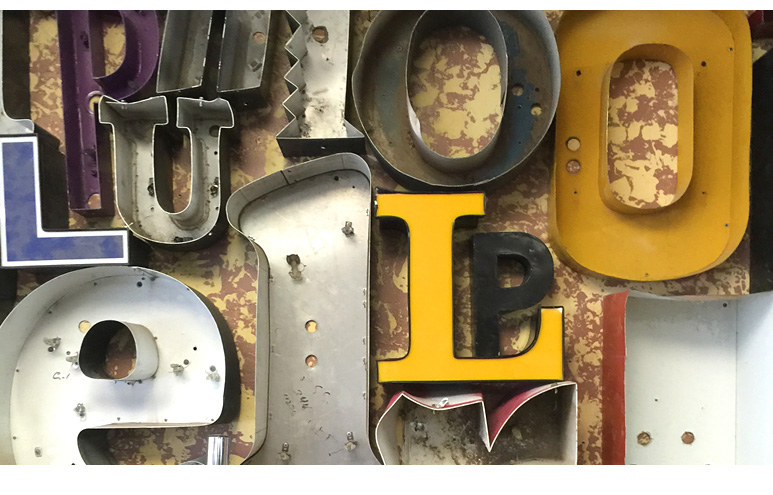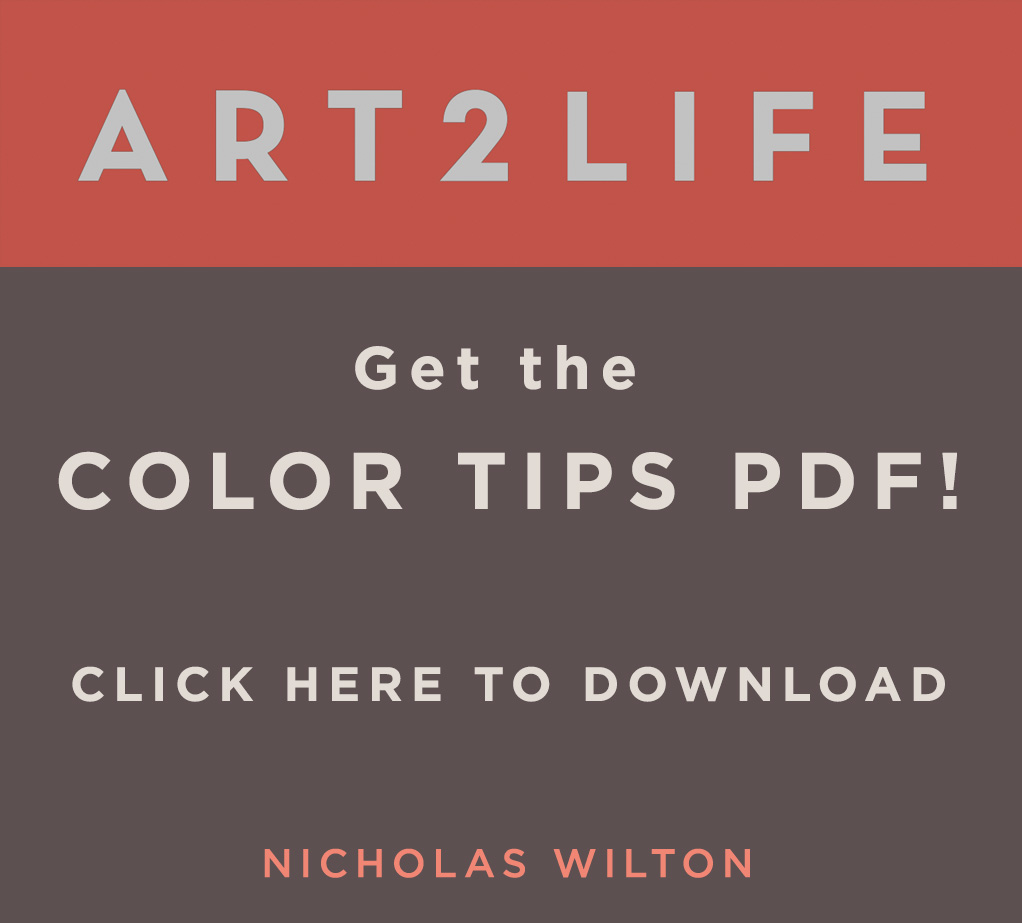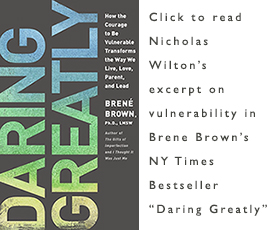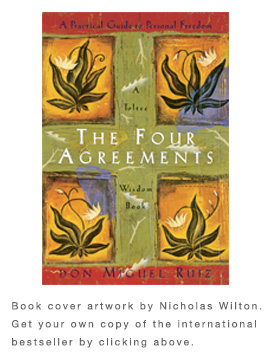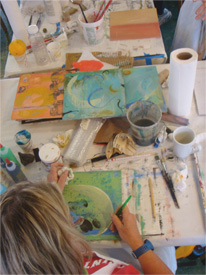What feels harder than making art?
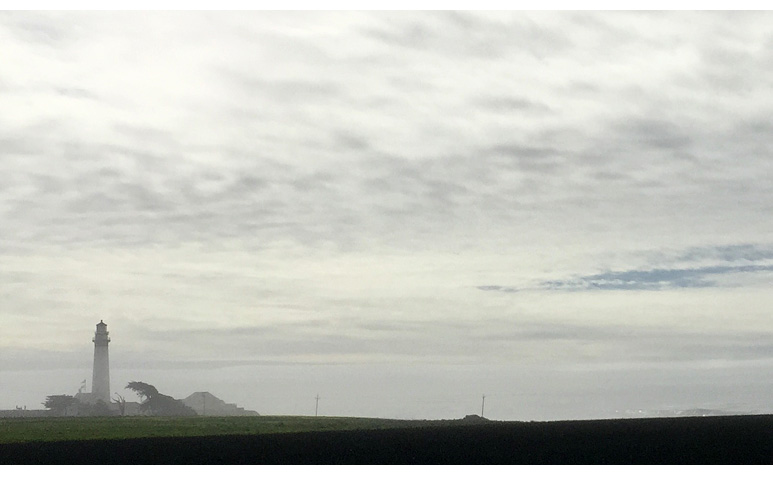 One of the hardest things in my life I have ever done was become an artist. Like so many people, I had serious doubts. I saw my life hadn’t been one of any particular struggle. I believed great art had to come out of monumental struggle. A place of deep anguish.
One of the hardest things in my life I have ever done was become an artist. Like so many people, I had serious doubts. I saw my life hadn’t been one of any particular struggle. I believed great art had to come out of monumental struggle. A place of deep anguish.
Nothing particularly traumatic ever occurred in my life. Finally, I just decided that even though my life wasn’t filled with huge amounts of pain, there was plenty- it was filled with that I wanted to express. I chose painting and actually writing to do this. I am still figuring it out.
Over time I was able to slowly build up the self-confidence to put my art out in the world. And of course your art is actually you. This is why it is so scary.
Our biggest fear is that we will be criticized. Someone we don’t know or even worse, someone we actually care about, will tell us what we are making is not adequate. It doesn’t measure up and as a result of our efforts we somehow are less.
When this occurs it can rupture the relatively thin filament of self-confidence we as artists have so slowly and tenderly built up within ourselves.
Usually those people who put you down are not artists and therefore their words, at least for me, are not so much of a concern. Those who have even a tiny inkling how fraught the creative process is with insecurity and self-doubt rarely feel the need to make the situation worse for someone.
But when it happens, and it will, don’t let it. Don’t give it too much attention. Somewhere I heard the saying “Don’t let it rent space in your brain” which I love.
Hear it, consider it, look for a morsel of learning if there, and then step away.
Let it go and move only towards the people and things that bring you alive.
And never, never look back.
A Game Changing Tool
Being objective in how you view your art is crucial… Here’s a great, simple tool I use that helps me get there.
Wake up by letting go.
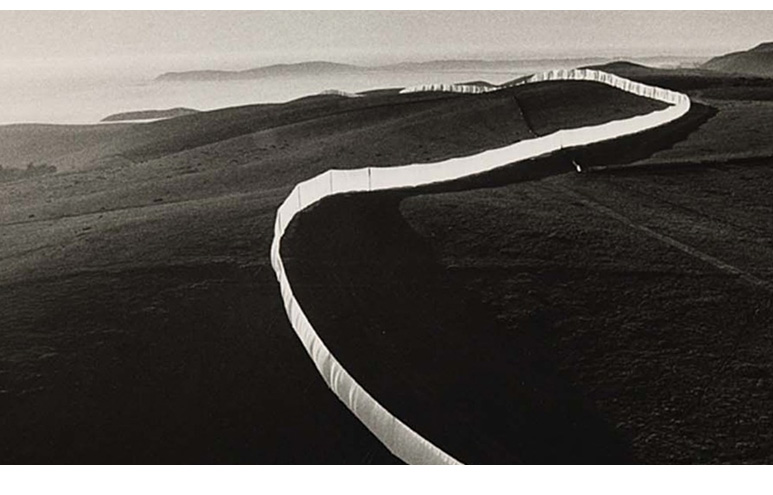 Art awakens us. It can be the meeting place where things come together that are exquisitely different from one another. I remember seeing Christo and Jean Claude’s Running Fence as a boy; that thin calligraphic line of white fabric that ran across the windswept, winter landscape of West Marin. It was mesmerizing. Partly so because of the thinness, the paleness of the fence, was in juxtaposition to the openness, the largeness of that wild place.
Art awakens us. It can be the meeting place where things come together that are exquisitely different from one another. I remember seeing Christo and Jean Claude’s Running Fence as a boy; that thin calligraphic line of white fabric that ran across the windswept, winter landscape of West Marin. It was mesmerizing. Partly so because of the thinness, the paleness of the fence, was in juxtaposition to the openness, the largeness of that wild place.
There always seems to be at least two things in juxtaposition in a work of art. When they are seen, they awaken us… It might be a dull color next to a bright one, a massive mark next to a tiny one or even a small bronze sculpture discovered in an expansive golden field. Opposites experienced together make us feel a little more alive.
Lately I have been thinking a lot about the opposite of control. Spontaneity. Although being in control or being spontaneous originates more in the artist’s psyche, they do end up dramatically having an effect upon the art. When an artist demonstrates relinquishing control, especially when there is also evidence in the art already to the contrary, it can be mesmerizing. We as the viewer feel particularly moved.
I think this is because in some indirect way we can all relate. Offering up both sides of ourselves –the controlling part as well as an attempt at losing this control, being spontaneous, flying by the seat of our pants, is particularly generous, risky on the part of the artist.
She/he is really showing up. And we as the viewer can sense it.
When I experience this effort in a piece of art I instantly feel connected with that artist just a little bit more. They are attempting to show everything, warts and all. They are all in. And in a small way it makes me also.
The juxtaposition of two ways of being, controlling and spontaneous are simply delicious to behold together.
It awakens us.
For me there is this particular kind of poetry in this juxtaposition… that amongst everything we try to control, everything we hold so close in our art and our life that sometimes a kind of beauty can be found by doing just the opposite.
And that is to simply just let things go.
How does control / spontaneity show up in you?
How to Stop Avoiding Your Art Practice
We all procrastinate.
Some days it feels harder to find the time to make your art.
I know this is the case for me.
Here is a little way I have found to overcome this problem.
It just might help you too.
Let me know if this rings true – or not true at all – for your practice.
In gratitude, Nicholas
Finding the Value of your Art
There is this really cool shop in Portland that I accidentally wandered into last week. At first blush it just looks like a metal junk shop but peering in the window as I went past, I realized that this just wasn’t any old junk shop. This shop was only selling old metal letters, the kind that you always see on top of buildings. Think of the letters that make up the words Wells Fargo Bank, Ace Cleaning, Popeye’s, or Safeway, etc. When buildings get torn down so do these old signs. Now imagine of all those individual letters all separated, gathered from various junkyards and randomly arranged upon a wall.
This is what this store looked like. The first time I passed it was closed and but it was so intriguing I just had to go back a second time. And this time it was open. Turns out the owner – a heavy set, super friendly guy in a faded orange baseball cap – used to just sell anything old and interesting. Originally he had only 5 letters. He hung them on the wall. They didn’t get much attention till one day a customer connected him with a guy in New Mexico who had a gazillion of these old sign letters. He drove down there and returned with a pick up truck full of them.
After hanging about a hundred on the wall and moving a lot of the other metal junk stuff to he back of the shop, people could clearly see this alphabet wall. The owner does not consider himself an artist, nor is he particularly interested in typography. He just hung them all up randomly on the wall. What happened next surprised him.
People would come in, stand in front of the wall and visually try to make sense of all these fragments of letters. People would read into them what they wanted. Accidentally he spelled “PIG” and he ended up selling about 5 sets of these. People would find their initials. The wall was just kind of suggesting all kinds of associations for anyone who took the time to look. Everyone would ask him what he meant to say, but for him it was just absolutely random. He just hung them up without any thought at all.
Despite this, people would still just find their own meaning in what they saw or would re-arrange them into their own words. And then much to his surprise people would buy them. He sells about 50 letters a week.
This all kind of reminded me about how when we make our own art we often wonder whether people will in fact get or understand the meaning we intend. I know this is true for me. We put so much thought into what we make that it seems important everyone, or at least most everyone, gets it. But now I am not so sure this is so important anymore.
I know it matters to me to stay focused on the thinking behind my art, especially as I am making it. But maybe it doesn’t matter that much, if after it leaves my studio, people understand it in the particular way I meant. If they connect with it in any way seems to be a far more likely outcome.
When I let go – even just a little – about worrying whether the world will understand exactly what I am making, I do feel slightly concerned. This feeling, however, is soon followed by a sense of liberation. It feels similar to when, finally, in your studio you get to that point where you can actually say to yourself that you really don’t really care what anyone thinks about what you are making right now. I am doing this for me because it just feels right. When this occurs, suddenly your art making becomes recharged, the possibilities are once again infinite, and your once smallish studio suddenly becomes significantly bigger.
In the end maybe the value you receive from your Art is given to you when you make it. Maybe as the artists, we don’t have to worry so much about how everyone else will receive theirs. We are all so totally different from one another. People will find meaning and value in your work in their own particular way. To me, this feels perfectly ok.
Right before I left the shop I couldn’t resist asking him if there was one word above all others that people would create and then buy from his wall. He said actually there were two. “Eat” and “Love.”
Maybe we are not so different from one another after all.
The store is called St. Salvage located at 3576 SE Division St Portland, OR 97202. There is no website.
In gratitude, Nicholas
A New Beginning
Happy New Year everyone! I wanted to start 2017 off by talking a little bit about how I sign my work.
Do you sign your work, and if so, how?
The Best Gift for an Artist
Just wanted to share some thoughts on being grateful and appreciating where you are and where you’re going.Be sure to check out Mitchell Johnson’s work at www.mitchelljohnson.com/. This took me a bit to learn, but I’m glad I did.
Merry Christmas and Happy Holidays!
Why it Pays to be Bold, Early
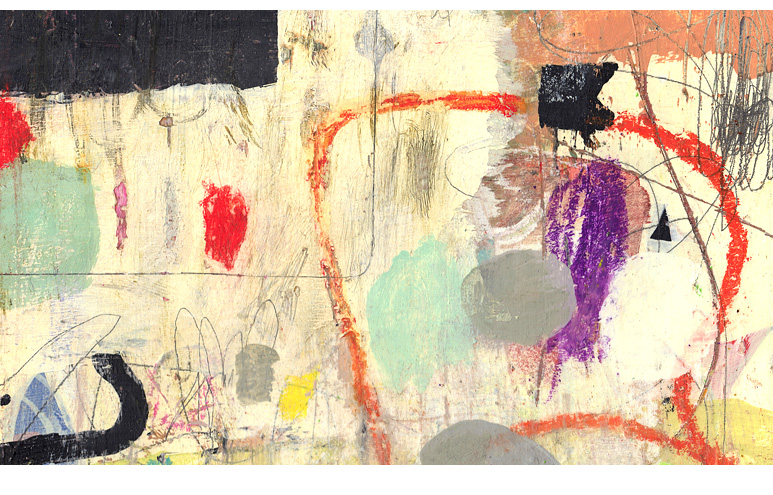 Beginning a painting of any kind of artistic expression is always hard. It is like that blank page when nothing has been written yet. The emptiness can be intimidating. It scares me sometimes. Personally, I would prefer to begin with something that has already been started.
Beginning a painting of any kind of artistic expression is always hard. It is like that blank page when nothing has been written yet. The emptiness can be intimidating. It scares me sometimes. Personally, I would prefer to begin with something that has already been started.
Everyone has a way of approaching his or her work, especially when they are just beginning. I would like to share with you how I approach my work, as it might be helpful to your practice. It has not only allowed me to make my work faster, it has also made the work stronger and the overall creative process more enjoyable.
It has to do with the central idea of being Bold in the beginning.
This sounds simple enough, but I have to always remind myself to be expressive in ways that are possibly bigger, more colorful or more different than I ever have before, especially in the beginning.
There are 3 reasons why.
#1 You are not attached
In the beginning you are not attached. Remember you are not getting married at this stage, just dating. Don’t fall in love. If you don’t you can change your work more easily. This flexibility is exactly what is required so that whatever you might have a hunch about making, some new angle or direction, can have a chance to be realized. It is simple: big risks and big changes don’t feel so big if there is not much to lose.
#2 You can be curious
If you find yourself able to be curious by what is happening in front of you, this is a good sign that you are entering a new unseen kind of terrain. This state of being interested and woken up by experiencing something new in your art heralds the first blush of Change. This Change almost always ends up improving your art. It is the gold standard, the highest bar an artist can achieve in their practice.
#3 You cannot go too far
Students have often asked, “ How far can I push my work?” I now believe, from firsthand experience in my own practice, that you almost never can go too far. Instead of driving the car quickly around the curvy mountain road, push yourself so much that you drive the car right off the cliff…then and only then will you know the limits of what is possible. Then – and this is an important point – you can pull back just a little so that the work is stable, but still on the edge of going too far. This is right smack dab where we want our work to be. Powerful work is to the max. There is nothing left unused. Remember that it is way easier to come back slightly than it is to creep tentatively forward in our work.
In the beginning of making Art there are few consequences from going too far. The only risk it seems to me is that in the beginning we don’t go far enough. Then our foundation, our starting place, is left somewhat half-baked. Trying to continue on with art that is only giving you half of its potential is exhausting. It is super hard to rescue your work from mediocrity the further down the road you go.
Art making, after all, is our practice. It teaches us about the intertwining of life and our art. In both, we need to step up, again and again – even if it is scary. Go for what you want, especially in the beginning. The two words I have on my studio wall remind me of this every time I make my art: “Don’t settle”
Note: “You are not marrying, only dating” is a quote from my financial mentor Tyrone Jackson. He uses this hilarious phrase to point out flawed attachments to certain equities, companies that one invests in. I see this advice perfectly relates also to art making.
In gratitude, Nicholas
Out On The Edges
I’ve been painting a lot on canvas and noticed that some of the most interesting parts occur on the edges, where I’m working with less control. Taking my hand out of the process and letting the materials be themselves brings in a sense of play and is so refreshing.
How To Always Be Creative.
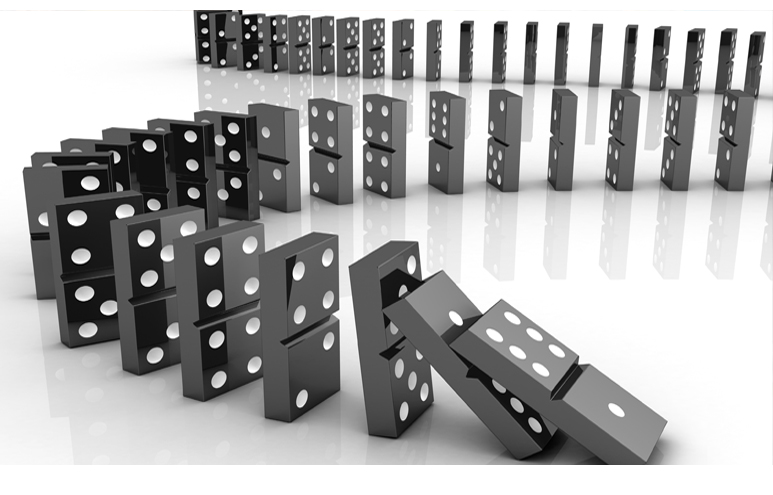 Would you like to be creative whenever you want? I would. Is it possible? What are the optimal conditions for creativity? If we knew, it would make the whole affair of making art so much easier.
Would you like to be creative whenever you want? I would. Is it possible? What are the optimal conditions for creativity? If we knew, it would make the whole affair of making art so much easier.
Sometimes I feel creative and sometimes not. Often, instead of making art, I end up reading emails. Or, right when I am about to begin, it feels like the perfect time to clean the refrigerator. Why does this happen? Is this just me?
I used to believe I was creative only in the morning and once I had missed that time I would just have to wait till the next day. Sometimes, I reasoned, it was a particular kind of music that helped me. Or maybe it was my environment. I remember doing some of my most creative thinking sitting in laundromats waiting for my clothes to dry. I thought it was that sound of the dryers that was conducive to my creative thinking.
I started asking other artists how they get into their creative headspace. Turns out, the more people I asked the more varied answers I heard. There doesn’t seem to be any particular way this works.
Surely, I thought, there must be some scientific research already done on this idea or perhaps some wisdom I could glean from very successful, high achieving people. So I looked there too. It turns out, there are some general similarities with people who are abundantly creative. All seem to possess a degree of self-discipline, intention and self-confidence. But that is where the similarities end.
Everyone, eventually conjures up creativity, but they all do it differently. This is what makes creativity so challenging to understand.
However, after teaching so many years of creativity workshops I did eventually come up with an answer.
I don’t think it is about the music I listen to, or the fact that I have English breakfast tea with milk and sugar right before I start painting that creates the creative mindset. (Although this surely helps, I promise!) Or, if your studio is big or small or if you have one at all that makes the difference. It is not about talent either.
It has to do with one simple thing. One simple thing that is available to anyone, anytime and practically anywhere.
It is action.
When we take action, when we begin, physically doing something, in our art, or even our lives, even if we are not so sure of where we are going, I believe it automatically begins the creative, flow state. Creativity does not magically appear because we create the right conditions. It comes automatically once we begin. Once we start it starts.
It seems so simple really. Of course the problem is that we alone, first have to begin that art project; we have to conjure up the energy even though we don’t feel so creative at the time. There is a small degree of faith involved.
But make no mistake about it; the creativity needed to make the art comes bundled in the actual package of making it.
So next time you feel stuck or uncreative, just start. Take action and move towards what you desire.
Creativity will then arrive. It doesn’t matter whether it is Art or something else in your life you are making. It doesn’t distinguish between the two. All that matters is that you begin.
So what are you waiting for?
How do you find creativity for your Art and Life?
